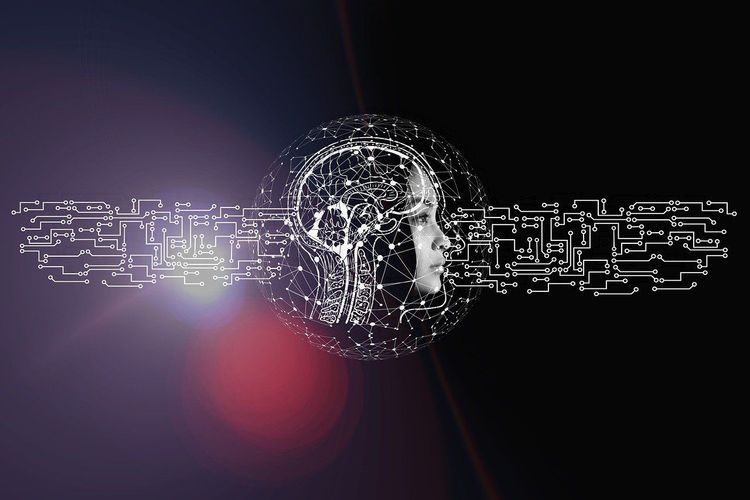There has been a wave of uncertainty surrounding the use of AI to bring John Lennon’s voice back to life in what Paul McCartney describes as “the last Beatles record.” This project goes beyond the superficial AI imitations populating platforms like Soundcloud today; it aligns more closely with a practical application of machine learning for noise reduction.
Many critics perceive this endeavor as a blatant cash grab leveraging cutting-edge voice synthesis technology to mimic one of music's most iconic songwriters. However, the reality is far simpler and more heartfelt—and the technology itself is not as extraordinary as some might think.
In a touching short film detailing the song’s creation, McCartney and the other band members reflect on “Now And Then,” which was initially a piano demo recorded by Lennon just before his tragic death in 1980. The demo was provided by his widow, Yoko Ono, but its sound quality left much to be desired—perhaps even poor.
“When we listened to ‘Now And Then,’ it was very difficult because John was sort of hidden in a way,” Ringo Starr explains in the documentary. “Every time I wanted a little more of John’s voice,” McCartney continues, “the piano overshadowed it. Back then, the technology to separate those sounds didn’t exist.”
Their efforts to salvage the track hit a wall in 1995, but a breakthrough came in 2022 while collaborating with Peter Jackson on the documentary “Get Back.” Jackson’s team utilized modern audio processing techniques on archival band footage to isolate individual instruments and vocals.
“We focused heavily on technical restoration, which ultimately led us to develop a technology that allows us to isolate different audio components into separate tracks using machine learning,” Jackson says in the film.
MAL, the audio isolation technology they developed, has made significant advancements recently. Machine learning models can be trained on diverse sounds, such as guitar tracks, enabling them to identify and extract specific audio elements from a mixed track. This technology is now commonplace in video calls, where it suppresses background noise, allowing only the speaker’s voice to come through clearly. Earlier, simpler versions of this technology were employed to create karaoke mixes by removing vocal tracks.
In Lennon’s case, the technology delivered impressive results, as highlighted in the film. “There it was—John’s voice, crystal clear,” Paul exclaimed. “Now we could mix it and create a proper record from it.”
While some may ponder the ethics of producing this final record, those involved believe John would have embraced the project. He was known for his love of technology and originally crafted the song with an intention for it to be recorded.
More than that, this effort seems to bring a sense of closure for the band. The challenges of fame and creativity have been well documented, but losing a lifelong friend and collaborator in such a traumatic way must have been incredibly painful. For those who have experienced loss, every trace of a loved one becomes invaluable. As George Harrison remarked in 1995, “To hear John’s voice… that’s something we should cherish.”
After decades of technological advancements, the band now has that opportunity. “It was the closest we’ll ever come to having him back in the room,” Ringo said fondly.
You can listen to “Now And Then” here.







